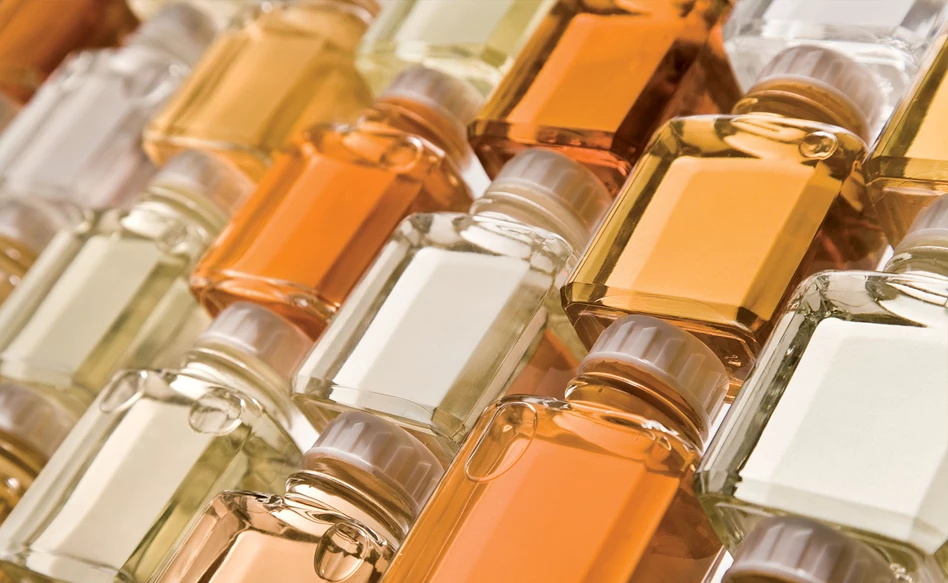
Types of pigments
Organic pigments are composed of carbon compounds. Before they were synthetically produced they were usually of animal and vegetable origin. Examples of synthetic organic pigments are: alizarin, azo-pigments (the yellow, orange and red colour range), phthalocyanine (blue and green colour range) and quinacridone (a lightfast red-violet pigment).
Inorganic pigments (of mineral origins) are metal compounds, for example oxides. Compared to organic pigments they are few in number. Examples of natural inorganic pigments are umbers, ochres and siennas as these are excavated from the ground. Pigments with the same names are also produced synthetically. Other examples of synthetic inorganic pigments are the cadmium yellow/orange/red, cobalt blue and titanium white.
Lake pigments are dyes that have been made insoluble for certain liquid binders or thinners. This is done chemically by precipitating the dye on (or fixing the dye in) a colourless substance (inert pigment) that is indissolvable for the particular binding agent. Although the lightfastness of the dye is improved as a consequence, this is only to a small degree. What's more, lake pigments have the bleeding property of dyes: the colour penetrates other paint layers or spreads across the immediate area.